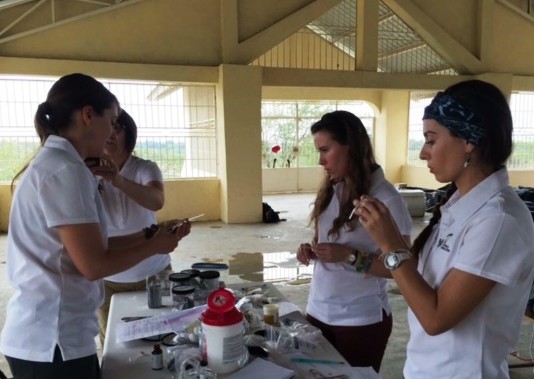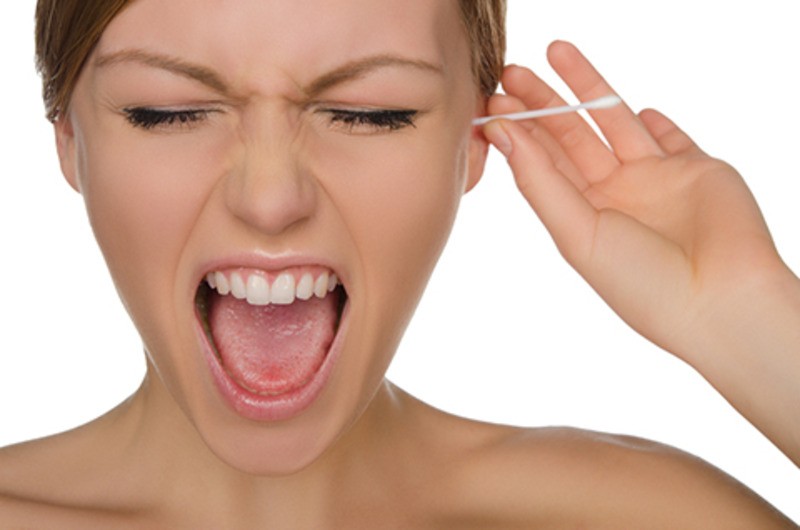
5 Everyday Jobs Where Workers Are Losing Their Hearing
Noise exposure is the world’s leading cause of hearing loss – but it hasn’t always been. Before the industrial revolution, humans’ exposure to loud noise was limited to the occasional storm or large gathering. But today, many of us need only head to work to experience noise loud enough to cause serious hearing damage.
The noises don’t have to be extremely loud, either. Just 85 decibels, roughly the sound of busy traffic, is enough to cause hearing damage within 8 hours. Over the course of a career, such continued noise exposure can add up to occupational hearing loss, damage to hearing directly related to the conditions of work.
Occupational Hearing Loss & Noise-Induced Hearing Loss (NIHL)
The vast majority of on-the-job hearing damage is noise-induced hearing loss, or NIHL (in a few jobs, occupational hearing loss may be caused by exposure to ototoxic, or hearing damaging, substances). While a single exposure to extremely loud noise (such as a gunshot) can cause NIHL, most occupational hearing loss is caused by being around sound loud enough to cause damage, but not discomfort. This type of work-related hearing loss may occur so gradually it goes unnoticed until it becomes a significant problem.
Unsurprisingly, people at the highest risk for noise-induced hearing loss include employees in the construction and manufacturing fields. According to the Centers for Disease Control and Prevention, individuals in the manufacturing sector account for 72 percent of recordable cases of occupational hearing loss.
But you don’t have to be surrounded by jackhammers or machinery to put your hearing at risk. Below are five groups of workers that face a substantial risk of hearing loss, despite working jobs most of us don’t associate with dramatic noise.
5 Surprising Jobs where Workers are Losing Their Hearing
1. Teachers: The rate of hearing loss in teachers below age 44 is 26 percent, compared with just 17 percent in the general population. Unsurprisingly, music and P.E. teachers may face the biggest risk, although a 2007 study measured the average decibel level of all classrooms at an unhealthy 87 decibels.
2. Plumbers: Working with metals and loud tools in small, enclosed areas is a recipe for hearing damage. Not surprisingly, almost half (48 percent) of plumbers report hearing problems.
3. Police officers: Hearing loss may seem like the least of a police officer’s on-the-job worries, but in fact, it is a serious and recognized problem. From discharging firearms to policing traffic or demonstrations, the noise demands on officers can be intense. Intense too, is the need to hear well in situations where split-second responses can save lives.
This has led some areas, such as New York City, to institute policies prohibiting officers who require hearing aids from serving. However, some fear such policies may backfire as officers choose to hide their loss rather than face an early retirement. The good news is, the tide seems to be turning as hearing technologies improve and stigma about hearing loss fades: In May, the city found in favor of four N.YP.D. officers who filed a case after being forced to retire due to hearing loss. The landmark settlement means that officers that can prove they can perform their essential duties, and pass an official hearing test, while wearing hearing aids, will be able to keep their jobs.
4. Truck Drivers: A 2010 study of 500 truckers found that 45 percent of truckers experienced high-frequency hearing loss, meaning they have trouble hearing high-pitched noises. Truck drivers tend to work long hours in a cab that can be even noisier than the traffic that surrounds them. Increasing their risk is exposure to exhaust fumes containing carbon monoxide, which studies have tied to hearing loss
5. Farmers Life on the farm is hard on the body, including the ears. Today’s agriculture workers face noise from large equipment like tractors and harvesters as well as guns, chainsaws, and even squealing pigs. Worse yet, many farmers begin working at young ages and may already be looking at more than a decade of cumulative hearing damage before the age of 30. Unsurprisingly, farmers experience one of the highest rates of occupational hearing loss, a factor that may further put them at an increased risk for other job-related injuries.
Could You Have Occupational Hearing Loss?
Because it can develop so gradually, many people with hearing loss may not even realize anything has changed. However, there are some tell-tale signs that often point to hearing loss. You may find yourself turning up the volume on the television, radio, or computer. You may have trouble understanding someone talking to you at close distance, particularly in places with background noise, such as a restaurant. Some people will also experience tinnitus, a ringing in the ears linked to hearing loss.
– See more at: https://www.connecthearing.com/blog/occupational-hearing-loss-jobs/#sthash.fRulfvda.dpuf








